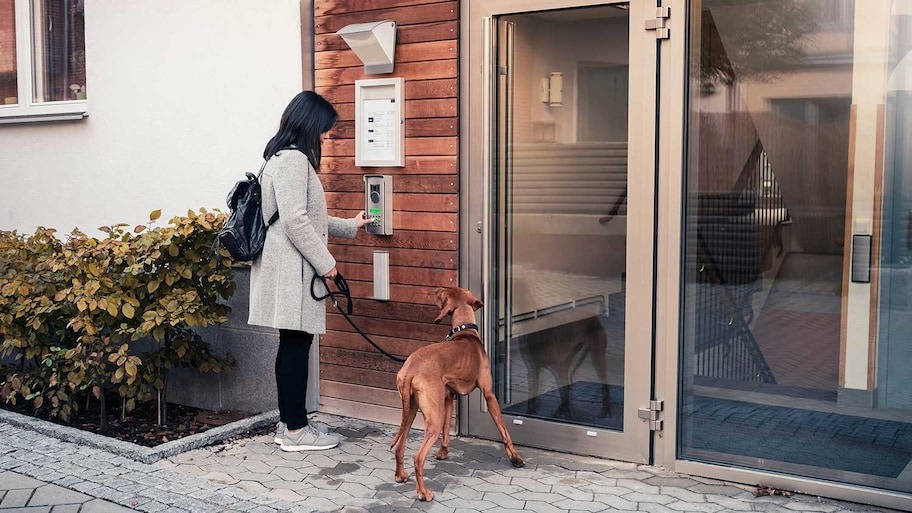When considering a condominium, one of the most critical aspects to evaluate is the safety of the building. Whether you’re thinking of buying or renting a condo, ensuring that the building is safe and well-maintained is essential for your well-being and peace of mind. This blog post will guide you through the process of evaluating condo building safety, focusing on key factors and offering practical tips to help you make an informed decision.
Understanding Condo Building Safety
What Constitutes Building Safety?
Building safety encompasses various elements that ensure a condo building is secure and structurally sound. Key components include:
- Structural Integrity: The strength and stability of the building’s framework.
- Fire Safety: Measures to prevent and manage fires, including alarms and sprinklers.
- Electrical Systems: Properly installed and maintained wiring and components.
- Plumbing Systems: Safe and efficient plumbing to prevent leaks and water damage.
Why It’s Important
Evaluating the safety of a condo building is crucial for:
- Personal Safety: Ensures that you and your family are protected from potential hazards.
- Financial Investment: A safe building is likely to maintain or increase its value.
- Peace of Mind: Knowing that your home is safe can provide comfort and reduce stress.
Key Areas to Assess for Condo Building Safety
1. Structural Integrity
- Foundation and Framework: Check for signs of damage to the building’s foundation and framework. Look for cracks in walls, uneven floors, and doors or windows that don’t close properly.
- Load-Bearing Walls: Ensure that the load-bearing walls are intact and properly supported. Structural issues in these walls can indicate significant problems.
2. Fire Safety Measures
- Fire Alarms and Detectors: Verify that smoke alarms and fire detectors are installed in common areas and individual units. Check that they are functional and up to code.
- Sprinkler Systems: Ensure that the building is equipped with an adequate sprinkler system. Sprinklers should be regularly maintained and tested.
- Fire Exits and Evacuation Plans: Familiarize yourself with the fire exits and evacuation plans. Ensure that they are clearly marked and easily accessible.
3. Electrical Systems
- Wiring and Outlets: Inspect the electrical wiring and outlets for signs of wear or damage. Ensure that all wiring is up to code and that outlets are properly grounded.
- Circuit Breakers: Check that the circuit breakers are functioning correctly and that there are no signs of overheating or malfunction.
4. Plumbing Systems
- Pipes and Fixtures: Inspect the plumbing pipes and fixtures for leaks, corrosion, or signs of damage. Properly maintained plumbing is crucial for preventing water damage.
- Water Pressure and Drainage: Ensure that the water pressure is adequate and that drainage systems are functioning correctly. Poor drainage can lead to water damage and mold growth.
5. Building Maintenance and Management
- Maintenance Records: Review the building’s maintenance records to ensure that regular inspections and repairs are being conducted. Proper maintenance is essential for long-term safety.
- Management Practices: Evaluate the practices of the building’s management. A well-managed building is more likely to address safety concerns promptly and effectively.
Conducting a Condo Home Inspection
When to Schedule an Inspection
- Pre-Purchase: Before buying a condo, scheduling a Condo Home Inspection can uncover hidden safety issues and provide a comprehensive assessment of the building’s condition.
- Before Moving In: If renting, consider a Condo Home Inspection to ensure that the unit and building meet safety standards.
What to Expect During the Inspection
- Visual Inspection: The inspector will conduct a thorough visual inspection of the building’s exterior and interior. This includes checking for structural issues, fire safety measures, and electrical and plumbing systems.
- Testing and Evaluation: The inspector may perform tests to evaluate the functionality of electrical systems, plumbing fixtures, and safety equipment.
Interpreting the Inspection Report
- Identify Key Issues: Focus on significant issues noted in the report, such as major structural problems or safety code violations.
Safety Tips for Condo Living
Regular Monitoring
- Routine Checks: Regularly check your unit and common areas for signs of safety issues, such as leaks or malfunctioning equipment.
Emergency Preparedness
- Know the Procedures: Familiarize yourself with emergency procedures, including fire evacuation plans and contact information for emergency services.
- Emergency Kit: Keep an emergency kit in your unit with essentials like first aid supplies, flashlights, and non-perishable food.
Legal and Regulatory Considerations
Building Codes and Regulations
- Compliance: Ensure that the condo building complies with local building codes and safety regulations. This can often be verified through public records or by asking the building management.
Insurance Coverage
- Building Insurance: Verify that the building has adequate insurance coverage for structural damage and common area maintenance.
- Personal Insurance: Consider obtaining renter’s insurance or homeowner’s insurance to cover personal property and any additional liabilities.
Conclusion
Evaluating condo building safety is a critical step in ensuring that your home is secure, comfortable, and a sound investment. By focusing on key areas such as structural integrity, fire safety, electrical and plumbing systems, and building maintenance, you can assess the safety of a condo building effectively. Scheduling a Condo Home Inspection provides a comprehensive evaluation and peace of mind, whether you’re buying or renting. Taking these steps will help you make an informed decision and enjoy your condo with confidence.
Also, read this: What is the Significance of Channels in a Cooling Framework?
